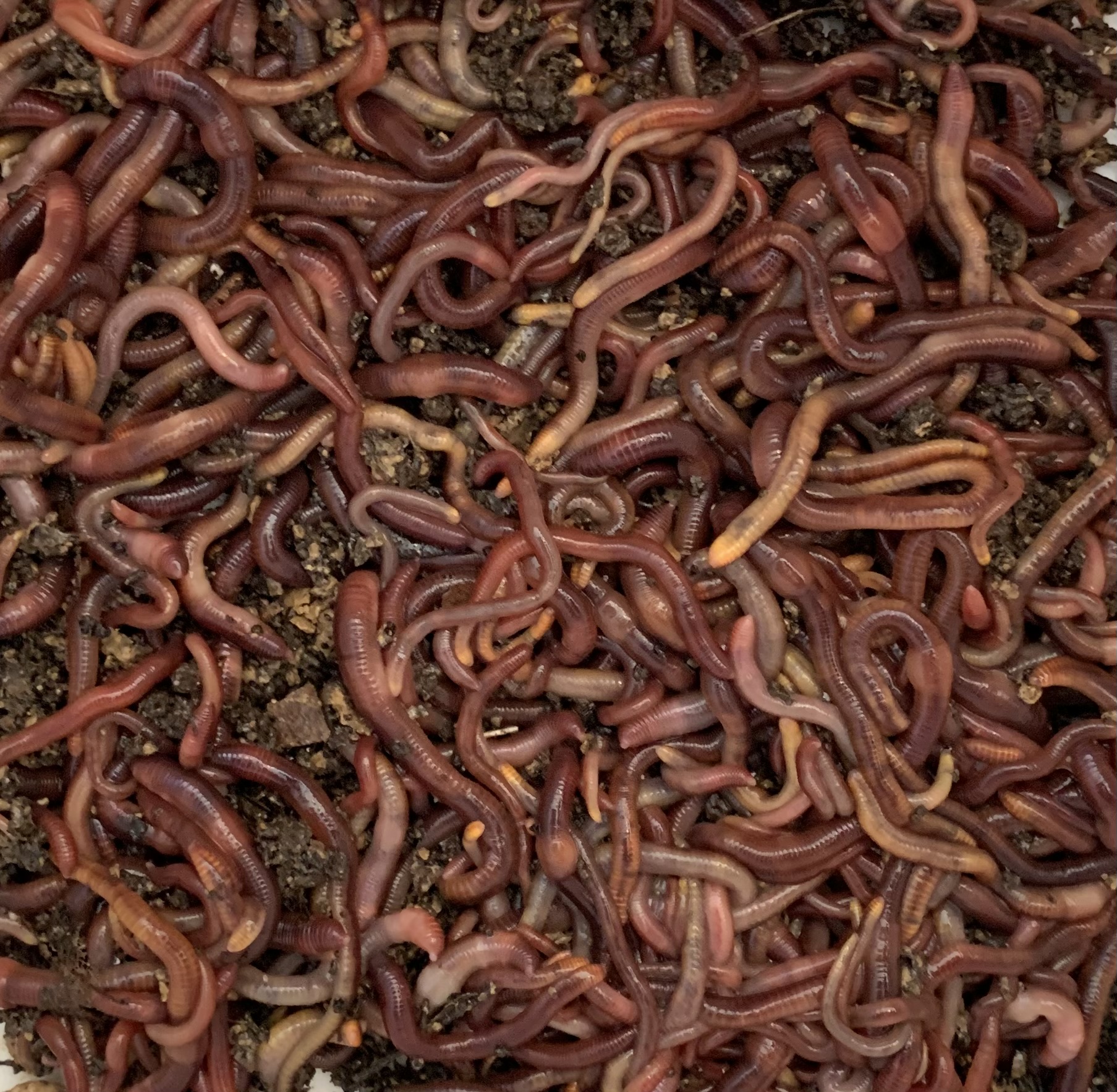Red Wiggler Express Fundamentals Explained
Red Wiggler Express Fundamentals Explained
Blog Article
Red Wiggler Express Things To Know Before You Buy
Table of ContentsGetting My Red Wiggler Express To WorkThe smart Trick of Red Wiggler Express That Nobody is Talking AboutOur Red Wiggler Express PDFsThe Single Strategy To Use For Red Wiggler ExpressSome Known Facts About Red Wiggler Express.
And the thriving Red Worm population? Even in the load that was established up directly in front of backyard composters with existing Red Worm swarms.
Lots of varieties, including Red Wigglers, European Nightcrawlers, and Lumbricus varieties were brought over from the European continent. Below's the thingNative or not - and as talented as they are at being able to survive in a wide-range of atmospheres and problems -. Simply put, they are much extra likely to socialize in any type of energetic composting systems you have actually established, than they are to roam off and begin messing up the atmosphere.
Origins need oxygen for respiration and rely upon smooth air flow within the dirt to grow. When it rainfalls, dirt can become saturated with water, decreasing the oxygen offered and preventing vitamins and mineral absorption. To preserve an ideal equilibrium, the dirt must allow water to drain pipes appropriately, leaving enough space for air to support root wellness
Everything about Red Wiggler Express

When it involves worms for composting, what enters your mind? If you were an earthworm dog breeder, dealer, or plain garden enthusiast, after that you would certainly recognize that red wiggler worms are the perfect worms for vermicomposting. To discover even more concerning these earth marvels, gone through a few of the red worm truths listed below.
(http://www.detroitbusinesscenter.com/hickory/farming/red-wiggler-express)If they stretch their bodies, you'll be able to see the stripes on their skin. When increasing worms such as red wiggler worms, you need to be able to know exactly how to profit them. When you're able to preserve and look after their habitat well, and likewise feed them the right type of natural wastes, then they'll have the ability to produce nutrient-packed and quality-rich worm castings for you (additionally referred to as worm poop or garden compost).
A Biased View of Red Wiggler Express
What do worms consume? Well, these red wriggler worms can be fed with kitchen area scraps and yard wastes. Any type of decaying natural stuff will do like veggie and fruit peels, crushed egg coverings, made use of tea bags, coffee grounds, turf cuttings, dry fallen leaves, and others. Make sure not to feed them foods items that are oily, citrusy, or has meat or dairy in them.

This actions makes them fit forever in worm containers, compost heap, and other constrained spaces where organic waste is plentiful. Creating an ideal environment for red wigglers needs a thoughtful technique. Think about the adhering to necessary aspects to take care of red wigglers in the house and ensure their health: Make use of a bed linens of shredded paper or cardboard.

Red wiggler worms recreate by laying tiny, lemon-shaped eggs in protective cocoons. These cocoons are generally transferred in the bed linen and hatch into baby worms within a couple of weeks.
The Main Principles Of Red Wiggler Express
Their flexibility and durability have made them a popular choice for vermicomposting in various areas worldwide. Yes! They can survive from a range of 32F to 90F. They are incredibly versatile pests. Consider protective procedures for very severe temperature levels such as: Shielding the worm bin with layers of straw or leaves.

When taking care of your red wigglers it's vital to bear in mind to: 1) K.I.S.S (Keep it Simple) and 2) everything in moderation. These guidelines relate to feeding your compost worms, watering your worm containers, and almost every little thing else entailed in caring for them. Just keep in mind - you can always add more food later (yet it's tough to eliminate feed once it's been included to a bin!).
Due to the fact that I fed the red wigglers and garden compost worms as well a lot, they weren't able to keep up and over time the older food went leftover and created anaerobic problems that killed the worms. Below're the 6 golden rules for just how usually and exactly how much to feed your worms: Rule # 1: Small amounts!
The Ultimate Guide To Red Wiggler Express
Uneaten food will certainly cause anaerobic problems that will kill your real-time worms. It is alright to sprinkle a little of their initial bed linens (which ought to already be in the container) over the food, yet the food must never ever be buried and ought to be noticeable to your eye. Guideline # 5: See regulation # 1! Policy # 6: After the initial feeding, feed the worms 1/3 to 1/2 of their weight.
Report this page